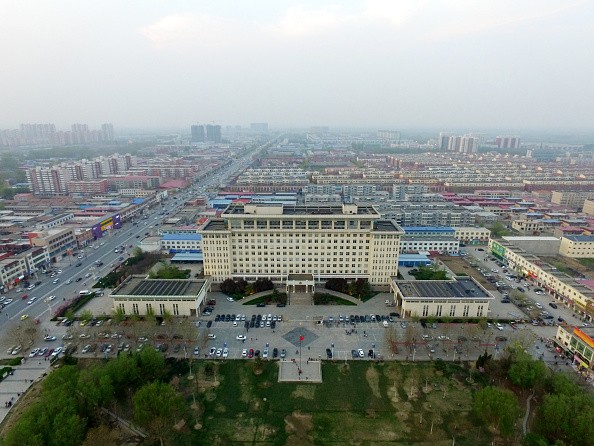On Sunday, Chinese Vice Premier Zhang Gaoli has emphasized the need for a “steady planning” for Hebei’s Xiongan, according to the state-run Xinhua News Agency.
The Chinese government flaunts that the ambitious new economic zone will propel the growth in the northern part of the country. The zone will contain some of Beijing’s relocated “non-capital functions.”
Xiongan currently has an area of 100 sq km (39 sq miles), but it will further be expanded to 2,000 sq km.
Land prices in the area spiked and the government warned against speculations as news of the plan to set up the zone broke out last month. The zone will be patterned after the Shenzhen Special Economic Zone that assisted in initiating China’s economic reforms in 1980.
The government should “plan well before taking action and make steady efforts in planning construction,” Xinhua quoted Zhang saying during his visit in the Xiongan New Area on Saturday.
The vice premier “stressed tight control of land, property development and neighboring regions as well as protecting historical and cultural heritage and the ecological environment,” the report said.
China is presently executing a plan targeted at integrating the economies of Hebei, Beijing and Tianjin. The region, known as King-Jin-Ji, is suffering from heavy pollution.
The expansion of income difference and the “race to bottom” enforcement of environmental law were caused by the development of individual “fortress economies” in the region.
Beijing currently has a 22 million population. The city is exerting efforts to restrict population growth and to move industries and other “non-capital functions” to Hebei in the years to come in order to cut pollution and congestion.
The Chinese government is working to boost the economy and to address issues of population and pollution. Beijing hopes that Heibei’s Xiongan will help alleviate its smog and congestion problems.



























